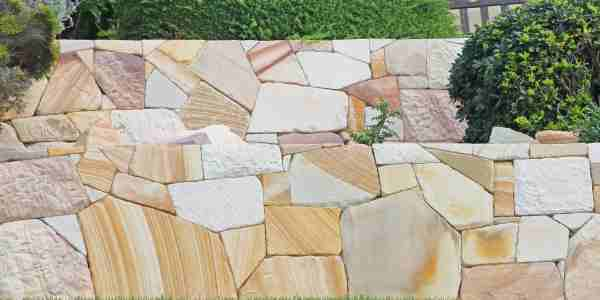Commercial Retaining Walls South Jersey

Commercial Retaining Walls: Enhancing Functionality and Aesthetics
Retaining walls not only provide structural support to hold back soil and prevent erosion but also contribute to the overall visual appeal of commercial properties. From enhancing safety to creating dynamic outdoor spaces, commercial retaining walls offer a multitude of benefits that cater to the diverse needs of businesses and their surroundings.
Structural Integrity and Stability:
One of the primary purposes of commercial retaining walls is to provide structural support and stability to landscapes with varying elevations. Whether it’s a sloped terrain or a multi-level property, retaining walls are engineered to withstand the lateral pressure exerted by soil, rocks, or water, thereby preventing landslides, erosion, and property damage. By effectively redistributing the weight of the soil and creating terraced levels, these walls ensure the structural integrity of commercial developments, including highways, shopping centers, office complexes, and industrial facilities.
Erosion Control and Soil Stabilization:
In addition to supporting vertical or near-vertical grade changes, commercial retaining walls play a crucial role in erosion control and soil stabilization. By holding back soil and preventing it from washing away during heavy rains or floods, retaining walls help maintain the integrity of landscapes and protect adjacent structures, roadways, and utilities. Moreover, these walls facilitate proper drainage and water management, reducing the risk of soil erosion, sedimentation, and environmental degradation in commercial settings.
Maximizing Land Utilization:
Retaining walls enable businesses to maximize land utilization and optimize usable space in commercial developments. By creating level terraces or tiered landscapes on sloped sites, these walls expand the available area for construction, parking, outdoor seating, or recreational activities, thereby increasing the functionality and value of commercial properties. Whether it’s creating a level building pad for a new structure or establishing a tiered garden for a retail plaza, retaining walls provide flexible solutions to accommodate diverse business needs and site conditions.
Enhancing Safety and Accessibility:
From pedestrian walkways to vehicular access roads, retaining walls enhance safety and accessibility in commercial environments. By stabilizing steep slopes, controlling erosion, and mitigating the risk of landslides, these walls create secure pathways and circulation routes for employees, customers, and visitors. Moreover, retaining walls can incorporate safety features such as handrails, guardrails, and lighting to improve visibility, navigation, and overall safety in commercial spaces, ensuring compliance with building codes and regulatory standards.
Creating Visual Interest and Branding Opportunities:
Beyond their functional role, commercial retaining walls offer opportunities to enhance the aesthetic appeal and branding of business establishments. Whether it’s through architectural design, landscaping elements, or custom finishes, retaining walls can be customized to reflect the identity, style, and branding of commercial properties. Incorporating signage, logos, or artwork onto retaining walls can effectively promote businesses, convey messages, and create memorable experiences for customers, reinforcing brand recognition and identity in the built environment.
Sustainable Design and Green Infrastructure:
Incorporating sustainable design principles and green infrastructure features into commercial retaining walls can further enhance their environmental performance and social benefits. From using locally sourced materials and recycled aggregates to incorporating vegetation, permeable surfaces, and rainwater harvesting systems, sustainable retaining walls promote ecological resilience, reduce urban heat island effects, and mitigate stormwater runoff in commercial developments. By integrating green infrastructure elements, such as green roofs, living walls, or bioswales, into retaining wall designs, businesses can contribute to environmental stewardship and community well-being while enhancing the aesthetics and functionality of their properties.
In conclusion, commercial retaining walls serve as indispensable components of modern landscapes, offering a harmonious blend of structural support, erosion control, land utilization, safety, aesthetics, and sustainability. Whether it’s a retail center, corporate campus, or transportation infrastructure project, retaining walls play a vital role in shaping the built environment, enhancing property value, and creating memorable experiences for users. By leveraging innovative design solutions, sustainable practices, and creative branding opportunities, businesses can harness the full potential of commercial retaining walls to elevate their surroundings and leave a lasting impact on their communities.



